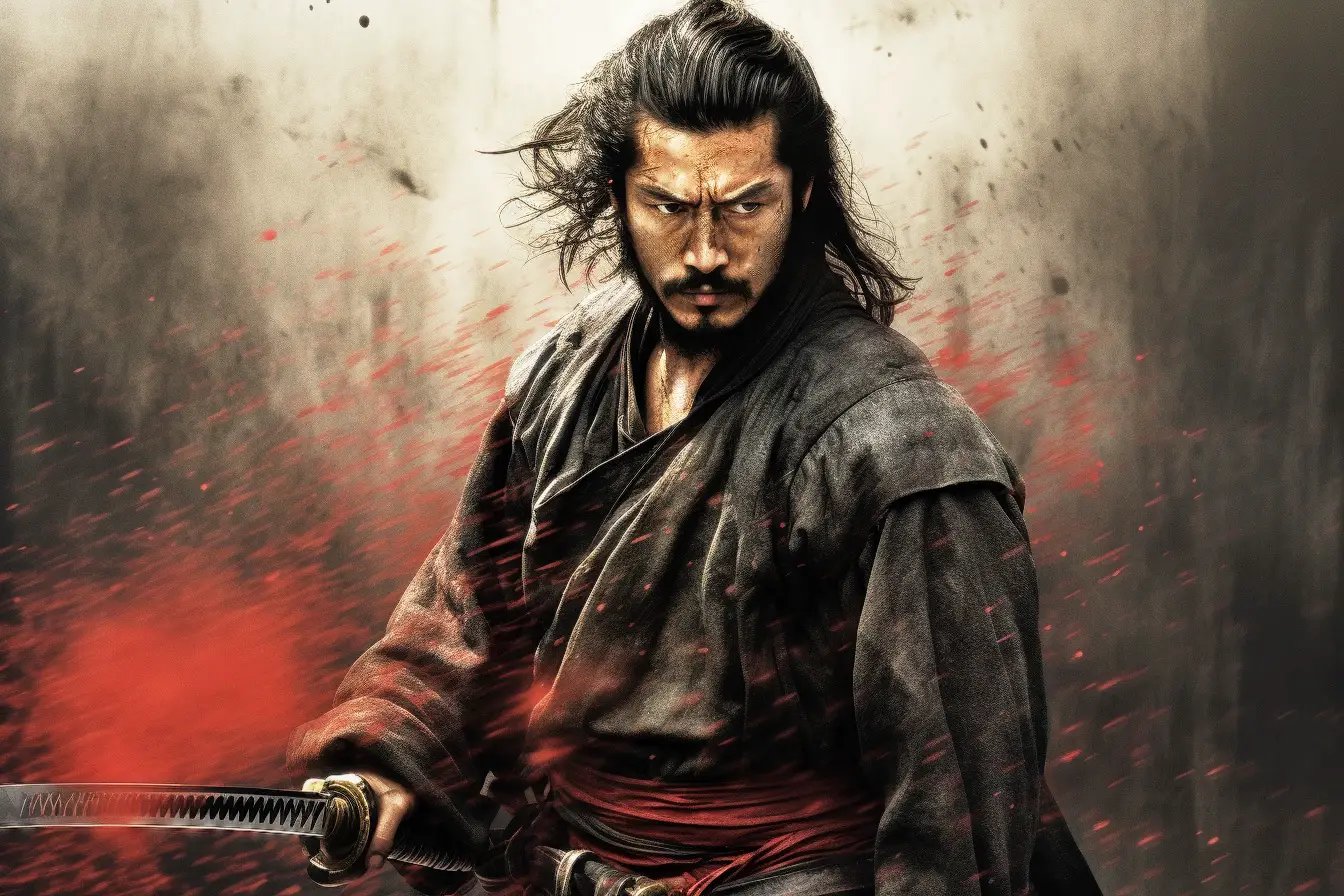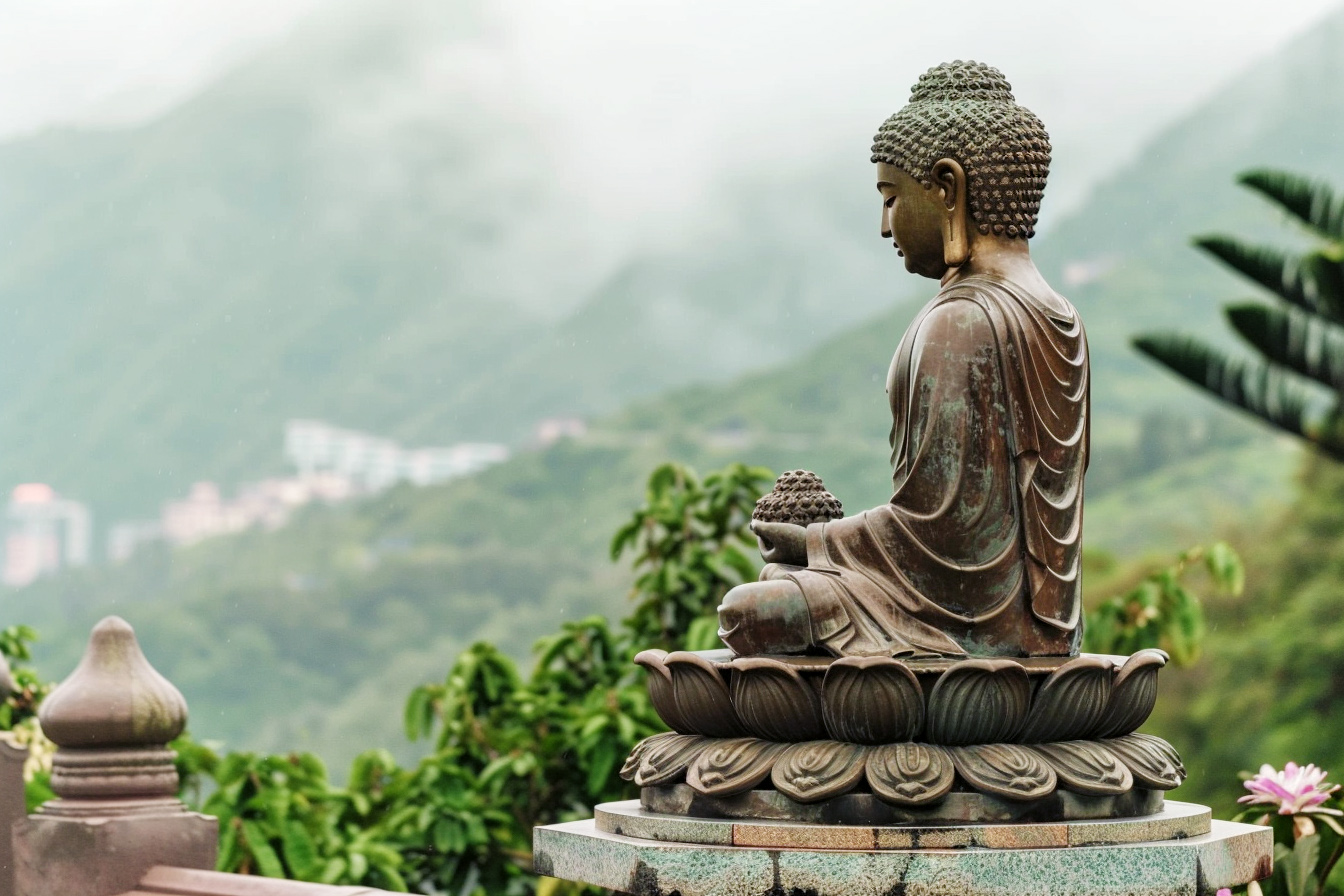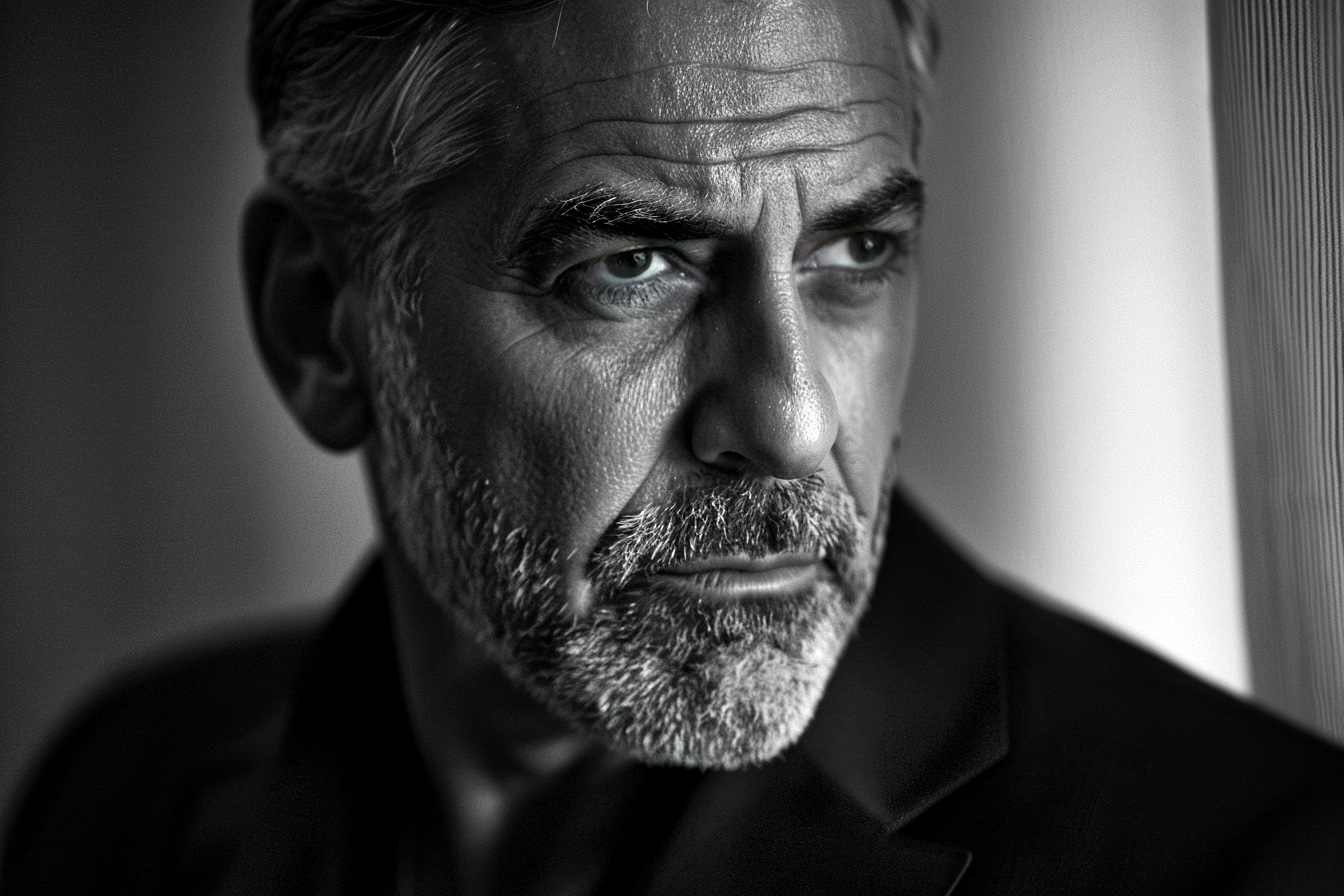Through the ages, one legendary figure has personified the pinnacle of human focus devoted to mastering a singular craft. Miyamoto Musashi, Japan’s unrivaled 17th-century swordsman, paved his unique pathway toward transcendent heights in skill and understanding of the blade. Stories of Musashi’s intense solitary training as a child, renowned 60 duel winning streak, and unorthodox fighting techniques have passed through generations. Yet beyond legend, Musashi’s legacy profoundly illuminates how a life of ultimate focus – filtering out society’s noise and comforts to channel concentration absolutely – awakens one’s full potential for mastery over mind, body, and spirit. This iconic warrior and philosopher’s singular devotion to continuous self-perfection reveals powerful and timeless truths on the profound fulfillment attainable through complete commitment to a well-honed purpose.
Childhood and Early Training
Miyamoto Musashi’s eccentric yet rigorous training in swordsmanship began early in childhood. His father, Munisai, was an accomplished swordsman who raised Musashi in a strict, martial upbringing. By age 7, Musashi was already proficient in handling a sword. His solitary childhood consisted of rigorous physical and mental training to hone his skills. He would hang from trees by his legs, practicing sword techniques and adopting unorthodox stances to challenge his comfort and dexterity. This focused, unconventional early regimen set the tone for his intense lifelong pursuit of swordsmanship mastery.
Developing His Unique Two-Sword Fighting Style
As he continued developing his skills, Musashi innovated a distinctive two-sword fighting style that would become his trademark. Known as Niten Ichi-ryū or “two heavens as one,” this style enabled wielding an entire katana sword alongside a “companion sword” like a wakizashi or tantō dagger. He became thoroughly ambidextrous through intense solitary practice with both left and right hands. This unorthodox style required perfect rhythm and coordination between weapons – illustrating his finessed technical mastery and intense focus on honing this unique system. His zweihander techniques opposed prevailing styles and highlighted his highly focused, innovative ethos towards mastering swordsmanship.
Leaving Home to Test His Skills in Duels
By his late teens, Musashi wandered Japan like a lone samurai on a warrior’s pilgrimage to engage masters in duels and heighten his skills. These travels’ departure from societal obligations of career and family life exemplified his solitary existence, entirely devoted to perfecting his sword technique to be Japan’s greatest swordsman. For him, swordsmanship embodied mind, body, and spiritual harmony – not just a skill but a focused way of life shunning distractions. Despite being young, his readiness to duel experts across Japan illustrated immense confidence in his rigorous early solitary training. This intense focus on honing his craft through travel and combat signified his ultimate life purpose.
The Legendary 60 Duel Winning Streak
Through his 20s onwards, Musashi traveled, engaging masters in over 60 life-or-death duels without suffering defeat – an unmatched feat boosting his notoriety throughout Japan. His technical two-sword innovation and strict physical and mental discipline gave him an edge in demonstrating mastery against top schools. Famed duels include ably defeating accomplished Kojiro Sasaki using an oar carved from an oar while hours late to overwhelm his opponent psychologically. This durability in traveling solo and living outdoors through all conditions illustrated immense focus, confidence, and resilience behind his skills. His peerless 60-0 record immortalized his name as one of history’s greatest warriors with an intense lifelong devotion to his craft.
A Solitary and Disciplined Lifestyle
Musashi chose to live traveling between rural areas rather than residing in cities or castles – embodying his focused outlook, shunning materialism and comforts, and pursuing enlightenment through his craft. He wandered alone, living a simple transient lifestyle, wearing ragged clothes, sleeping outdoors, and sustaining himself through fishing and rice balls to mentally and physically condition himself. This ascetic, unconventional choice contrasts with traditional lifestyles of fame, wealth, and stability tied to heralded skill. For Musashi, the way of the sword and pursuit of technical mastery exceeded worldly success – instead, chasing disciplined perfection through an intensely solitary, mobile existence.
Philosophy on Strategy and Mastery in “The Book of Five Rings”
Later in life, Musashi formalized his strategic philosophy surrounding martial skills into five written books entitled “The Book of Five Rings.” These works symbolized his mastery of each zen Buddhist element – Earth, Water, Fire, Wind, Void – fused into a cohesive fighting approach and broader outlook on knowledge. His writings contain fundamental principles like “Perceive that which cannot be seen” and concepts transcending literal sword technique into a focus, timing, flexibility, and fluidity mindset. For Musashi, true mastery meant adapting to changing conditions while disciplining body and mind in perfect unity. These texts captured his intense lifelong focus on a formal strategic doctrine that still influences warriors and leaders today.
Pursuing the Way Through Swordsmanship
Musashi firmly considered the way of the sword not a solely technical skill but a focused spiritual and mental path towards life mastery akin to religious devotion. He wrote: “Supreme strategy applies one thing: Resolve to face death every moment, with no distraction or retreat.” His unconventional lifestyle practices entirely devoted himself to this total resolve and mind-body harmony centered around swordsmanship. Every waking moment intensely focused on perfecting his skill reflected this perspective of “the way” as an all-consuming purpose – his ultimate life fulfillment pursuit through excellence in his craft.
Channeling His Focus into Painting and Writing
In later years, Musashi passionately explored other creative outlets while upholding his solitary mobile existence, living in natural remote settings rather than settling anywhere permanently. He produced skilled ink landscape and figural paintings and continued writing treatises, synthesizing his focused philosophies on swordsmanship, discipline, and self-betterment. Like his innovative fighting techniques, his artwork pioneered skilled bold brush strokes, maximizing spontaneity and fluidity. These further creative pursuits highlighted how Musashi’s intense commitment to perfecting technique extended across disciplines – channeling this unwavering focus into various means of reaching harmony and mastery.
Dying a Master – His Last Duel at Age 60
Late in Musashi’s 60th year, while traveling solo, an overconfident Rōnin wielding a battle ax challenged the aging master, expecting a tired decline. Musashi fashioned a wooden sword from an oar and awaited the attack. The ronin fiercely swung down and missed, stumbling backward as Musashi stepped forward, striking his temple, knocking him out, then quietly moving on. Even in his elderly age, Musashi maintained keen movements and judgment through his ascetically disciplined lifestyle, upholding complete mastery mentally and physically, resembling his peak capacities. Just weeks after this duel, Musashi perished from illness, dying as he lived every moment in states of intense, focused training – a supremely dedicated master departing at the height of his skills after an undefeated lifetime.
Legacy of Ultimate Focus and Commitment
Through his 60-year intensely focused path of solitude, discipline, and devotion, Musashi embodied unmatched swordsmanship excellence, making him a cultural icon in Japan. His writings influenced strategists across artistic, martial, and intellectual spheres, with concepts equally relevant today. Musashi’s legacy honors how the height of skill commands immense sustained focus, prioritizing craft development above all else. His unrelenting commitment to perfect his swordsmanship technique, strength, and understanding represent testing personal limits to the deepest depths – spending each moment striving towards harmony and resolution without hesitation or distraction.
Case Study: Applying Musashi’s Focus to Programming
Anthony is a 25-year-old software developer who has long been fascinated by legends of intense focus and mastery like Musashi. He still felt unfulfilled in a modern corporate occupation, chasing shallow goals like titles, financial gain, and prestige. He dreamed of the deep fulfillment that comes from wholehearted devotion to excelling at a craft.
Anthony took inspiration from Musashi’s single-minded dedication to swordsmanship, reorienting his life goals around achieving excellence in coding. He left behind his comfortable job and high-living lifestyle, minimizing needless expenses and distractions. Though some called him crazy, Anthony was persistent – he would live solely to master his craft to the pinnacle, letting nothing divert him.
Anthony structured his life with strict discipline – waking early, training rigorously through books and online courses, intentionally pushing beyond his comfort zone, and tackling new technology stacks. He challenged himself with complex real-world projects, learning from failures and critiques. Sometimes, he coded for nearly 20 hours straight, fueled by passion.
Within two years, Anthony attained renowned expertise with a balanced back-end, front-end, data science, and cloud architecture knowledge. He pioneered innovations enhancing efficiency and performance. Top companies vied for his services – yet still, he trained tirelessly each day, seeking more incredible heights.
Anthony’s devotion transformed coding from a job into a profoundly purposeful way of life. Through unrelenting focus and continuous self-challenge, he actualized Musashi’s timeless model for modern mastery – proving rewards of supreme fulfillment achievable through single-pointed commitment, regardless of the craft or era. Though still early in his focused journey, Anthony found peace in wholehearted dedication toward excellence.
Key Takeaways
- Single-minded dedication from an early age establishes solid foundations for building excellence.
- Innovation and unorthodox approaches can pioneer new frontiers of mastery
- Testing one’s capabilities against worthy adversaries steels focus and ability
- Going against societal norms by living simply facilitates intense craft devotion
- Documenting philosophies formalizes principles guiding focused mastery
- Viewing skills as a path of spiritual awakening enables complete commitment
- Channeling low concentration into multiple mediums spreads insights
- Maintaining peak physical and mental acuity as long as possible sustains mastery
- Leaving a legacy of peerless accomplishment immortalizes a lifelong, diligent focus
Conclusion
Miyamoto Musashi embodied the pinnacle of human devotion towards a singular craft – swordsmanship. His journey illuminates how complete focus superseding all life’s comforts and diversions builds the bedrock for limitless skill development. The intensity of his discipline forged innovations in technique and strategy while attaining mystical dimensions of self-realization through his craft. Musashi’s unwavering commitment from childhood until his dying day provides the ultimate testimony to focus as the genesis of excellence. By wholeheartedly surrendering to perfect a chosen path, Musashi actualized the complete harmony of mind, body, and spirit in flawless unity with his life’s purpose.












Leave a Reply